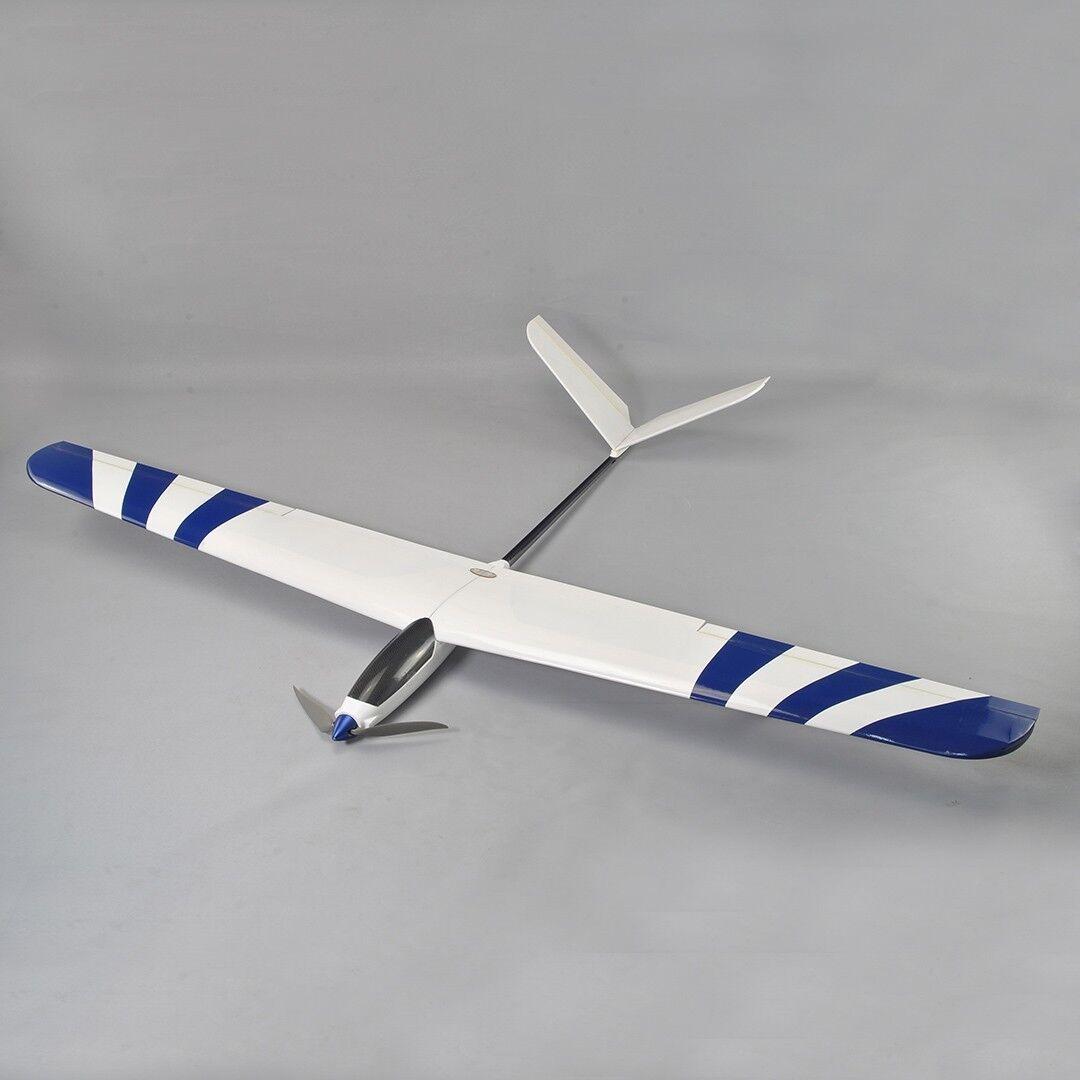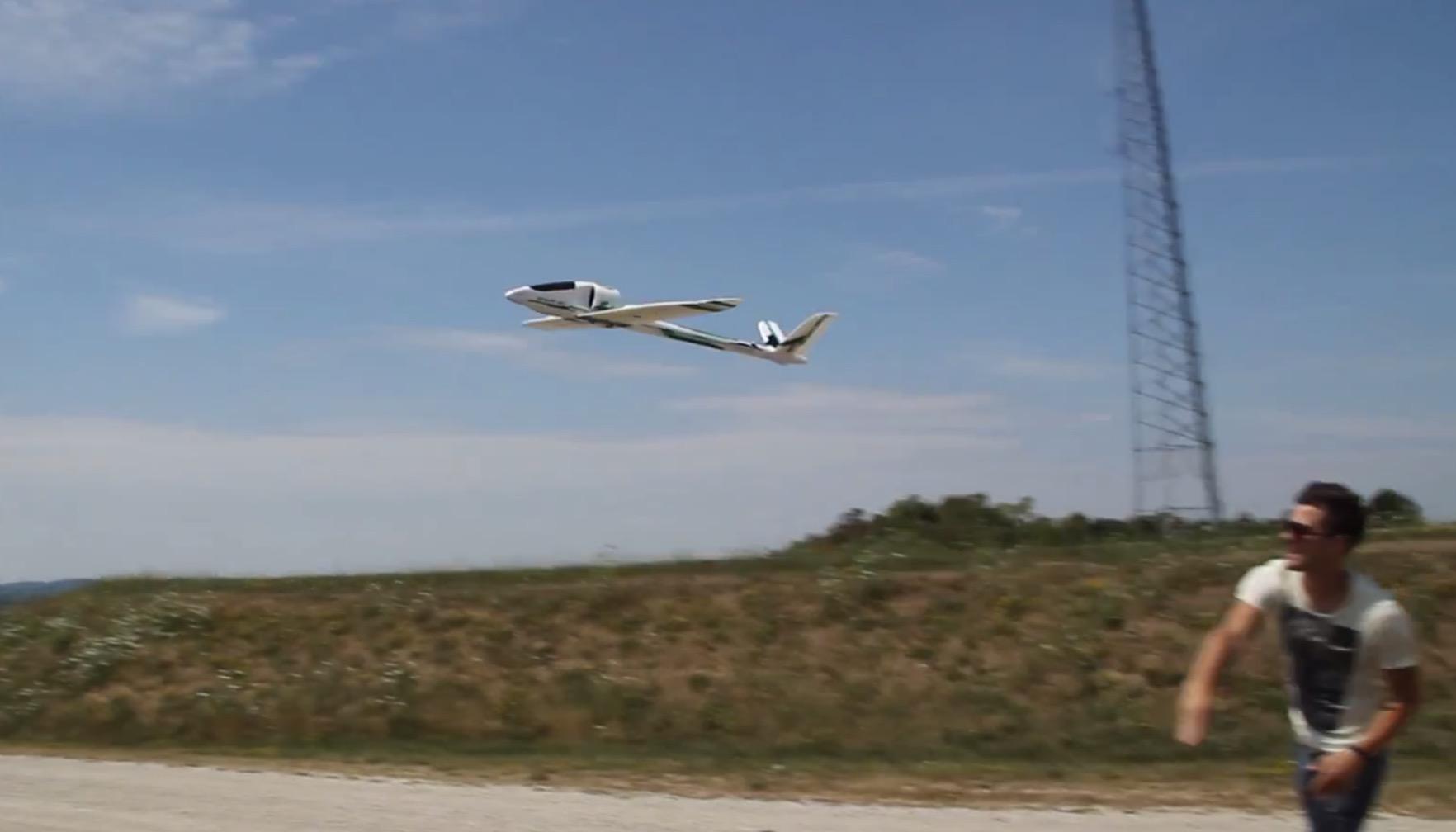V-Tail RC Plane: An Advanced Model with Enhanced Maneuverability.
The v-tail RC plane is an advanced type of remote control airplane that offers unique flying features. This plane possesses an unusual tail shape that resembles the letter “V”. It consists of two tail wings that are positioned diagonally from each other, replacing the traditional horizontal and vertical stabilizers. The design of the v-tail RC plane provides a more streamlined form and better aerodynamic properties, which allows the plane to have faster and more precise movements while flying. The v-tail RC plane is known to be more agile and maneuverable than its traditional counterparts, offering enthusiasts an exciting and thrilling flight experience. A notable advantage of using a v-tail configuration is that it reduces the overall weight of the plane while maintaining the same level of stability and control. The design also requires less structure and leads to a more efficient output of thrust and lift. However, it may require a bit of expertise to handle due to its improved maneuverability, which is why it’s usually recommended for experienced pilots.
Choose Your V-Tail RC Plane: Your Guide to Aerobatics and FPV Flying
• The v-tail RC plane is commonly used for aerobatics and FPV (first-person view) flying.
• It’s known for its impressive abilities in executing complex stunts such as loops, rolls, and spins.
• It’s an ideal pick for enthusiasts looking to take their flying skills to a higher level.
• There are many websites and online stores where you can purchase v-tail RC planes, including Horizon Hobby, Tower Hobbies, and Amazon.
• These websites offer various options and models to choose from, catering to different budgets and skill levels.
• Additionally, many online communities provide tips and tricks for building, flying, and maintaining v-tail RC planes.
• There are also various YouTube channels and video tutorials available for enthusiasts looking to learn more about this type of aircraft.
• Overall, the v-tail RC plane offers a unique and exhilarating flight experience to pilots and enthusiasts alike.

What are some tips and tricks for building, flying, and maintaining a v-tail RC plane?
Some tips and tricks for building, flying, and maintaining a v-tail RC plane include properly balancing the plane, using high-quality components, avoiding extreme maneuvers, and performing regular maintenance on the aircraft. It is also important to have proper training and experience before attempting to fly a v-tail RC plane.
Benefits and Considerations for V-Tail RC Planes
• A notable advantage of using a v-tail configuration is that it reduces the overall weight of the plane while maintaining the same level of stability and control.
• The design requires less structure and leads to a more efficient output of thrust and lift.
• Although it may require some expertise to handle the plane due to its improved maneuverability, most pilots can easily learn to fly it.
• However, it’s recommended that beginners should start with a less complex airplane before transitioning to a v-tail RC plane.
• Here’s a table that summarizes some of the advantages and disadvantages of v-tail RC planes:
| Advantages | Disadvantages |
| — | — |
| Better aerodynamic properties | May require more expertise to handle |
| More efficient output of thrust and lift | Requires more maintenance |
| Streamlined form | Less beginner-friendly |
| Increased maneuverability | Not suitable for long-distance flying |
| Agility | Higher price point |
• Websites like Motion RC, RC Model Airplanes, and Hobbyking offer a wide variety of v-tail RC planes for sale, ranging from entry-level planes to high-end models.
• It’s essential to read reviews and do proper research before purchasing a v-tail RC plane to ensure that you choose the best possible option that meets your needs and fits your budget.

What are the advantages and disadvantages of v-tail RC planes?
Advantages of V-tail RC planes include better maneuverability, stability at high speeds, and reduced drag. Disadvantages include difficulty in mastering control, potential for pitch coupling, and limited accessibility for repairs.
V-tail RC planes are known for their excellent aerodynamic properties, which allow for high-speed flights and sharper turns. Due to the streamlined design, they tend to be faster and more precise than traditional planes. The reduced weight and efficient output of thrust and lift make them ideal for executing complex stunts like loops, rolls, and spins. However, they may be more challenging to fly and require some expertise to manipulate correctly.
Despite the added complexities, technology has made RC planes more accessible to enthusiasts than ever before, thanks to advances in remote control systems, electronics, and materials. There are currently numerous models of v-tail RC planes available that cater to different skill levels and budgets, making it possible for anyone to learn how to fly and enjoy the unique experience that v-tail RC planes offer.
Overall, the unique design of v-tail RC planes offers an exciting and thrilling flight experience that is unmatched by traditional planes. They are ideal for pilots looking to take their flying skills to a higher level and execute more complex stunts. With their increasing popularity, it’s safe to say that v-tail RC planes will remain a sought-after option for RC enthusiasts.



